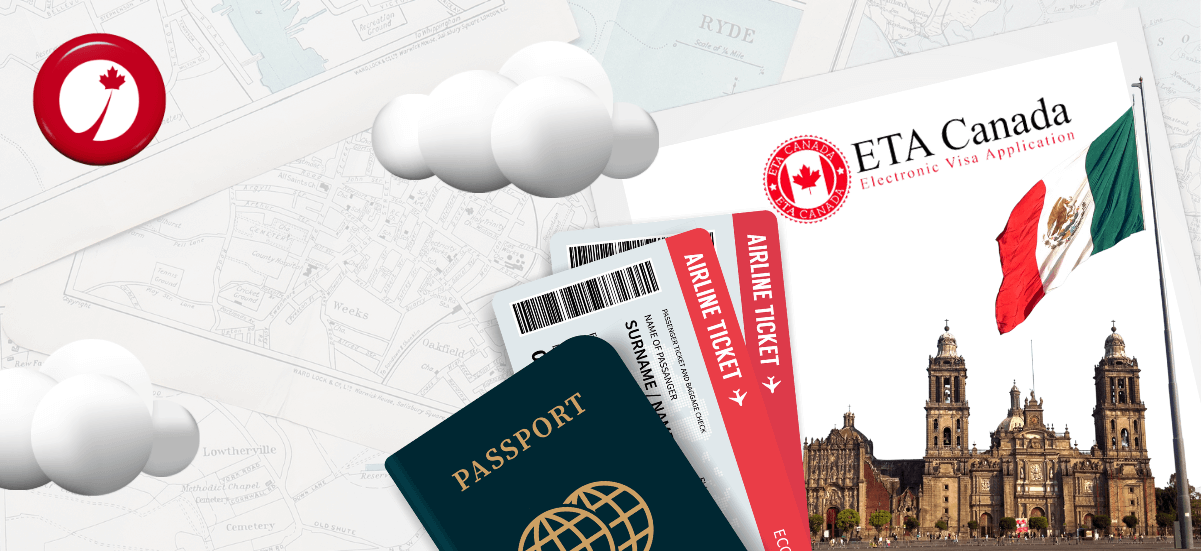Are you planning a trip to Canada? If so, you’ve likely heard about the eTA (Electronic Travel Authorization). The eTA is an entry requirement for citizens of certain countries who wish to visit Canada for tourism, business, or transit by air. Here’s everything you need to know about the eTA to ensure your trip to Canada goes as smoothly as possible.
What is the eTA?

The eTA is an electronic travel authorization system implemented by the Government of Canada in 2016. This system allows Canadian authorities to assess travelers before their arrival in the country. The main objective of the eTA is to enhance security and facilitate travel to Canada for citizens of selected countries.
The eTA is an electronic travel authorization system implemented by the Government of Canada in 2016. This system allows Canadian authorities to assess travelers before their arrival in the country. The main objective of the eTA is to enhance security and facilitate travel to Canada for citizens of selected countries.
Who Needs an eTA?
Citizens of visa-exempt countries who wish to enter Canada by air need an eTA before their trip. This includes citizens of countries such as the United States, United Kingdom, Australia, and most European Union countries. However, there are some exceptions, such as Canadian citizens and legal permanent residents of Canada, who do not need an eTA.
In Latin America, the following countries can travel to Canada with an eTA:
- México
- Chile
On June 6, 2023, the Honourable Sean Fraser, Minister of Immigration, Refugees and Citizenship, announced an exciting update to Canada’s Electronic Travel Authorization (eTA) program. Thirteen new countries have been added to this list, further facilitating travel to Canada for certain travelers.
Effective immediately, citizens of the following countries can benefit from the eTA program when traveling to Canada by air:
- Antigua and Barbuda
- Argentina
- Costa Rica
- Morocco
- Panama
- Philippines
- St. Kitts and Nevis
- St. Lucia
- St. Vincent and the Grenadines
- Seychelles
What makes this update even more exciting is that travelers from these countries who have had a Canadian visa in the last 10 years or currently hold a valid United States non-immigrant visa can now apply for an eTA instead of a visa when traveling to Canada by air.
How do you apply for an eTA?

The process of applying for an eTA is quick and straightforward. Applicants must complete an online form which includes personal information, passport details, and travel history. A processing fee is also required. Once the application is submitted and approved, the eTA is electronically linked to the traveler’s passport and is valid for up to five years or until the passport expires, whichever comes first.
When do you need to renew an eTA?
If your eTA is still valid but there have been changes to your personal information, such as a new passport or a name change, you may need to renew it. Additionally, if your eTA has expired, you will need to apply for a new one before your next trip to Canada.
What happens if an eTA is denied?
In some cases, an eTA application may be denied. This can happen if the applicant does not meet the eligibility requirements or if there are security concerns. If your eTA is denied, you will receive a written notification with information on how to appeal the decision or explore other travel options to Canada.
If this is your situation, you can contact us at: More information
Conclusion
The eTA is an important requirement for traveling to Canada for citizens of certain countries. Make sure to apply for your eTA well in advance of your trip to avoid any hiccups upon arrival in Canada. With the information provided in this blog, you’ll be well-prepared to obtain and use your eTA effectively.










